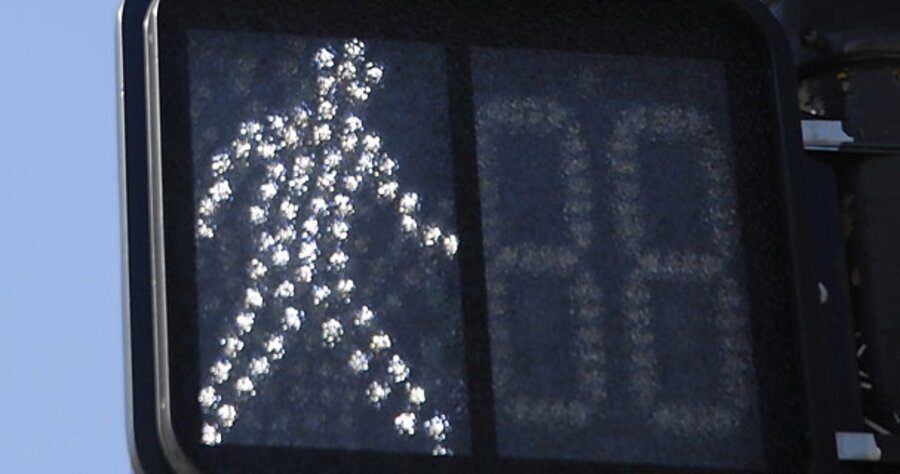Will LEDs replace compact fluorescent bulbs?
Loading...
Q: What’s the story with LED light bulbs, reputed to be even more energy-efficient than compact fluorescents?
– Toby Eskridge, Little Rock, Ark.
A: Perhaps the ultimate “alternative to the alternative,” the LED (light-emitting diode) light bulb may well dethrone the compact fluorescent (CFL) as king of the green lighting choices. But it has a way to go yet in terms of cost and brightness.
LEDs have been used widely for decades in other applications – forming the numbers on digital clocks, lighting up watches and cellphones and, when used in clusters, illuminating traffic lights, and acting as brake and turn-signal lights on automobiles. They are used in flashlights, and form the images on large outdoor television screens.
Until recently, LED lighting has been impractical to use for most other everyday applications because it is built around costly semiconductor technology. But the price of semiconductor materials has dropped in recent years, opening the door to some exciting changes in energy-efficient, green friendly lighting options.
According to HowStuffWorks.com, LED bulbs are lit solely by the movement of electrons. Unlike incandescents, they have no filament to burn out; and unlike CFLs, they contain no mercury or other toxins.
Proponents say LEDs can last 60 times as long as incandescents and 10 times as long as CFLs. And unlike incandescents, which emit a lot of waste heat, LEDs don’t get especially hot. They are very efficient, converting a much higher percentage of electricity into light energy.
But as with early CFLs, LED bulbs are not known for their brightness. According to a January 2008 article in Science Daily, “Because of their structure and material, much of the light in standard LEDs becomes trapped, reducing the brightness of the light and making them unsuitable as the main lighting source in the home.”
LED makers get around this problem by clustering many small LED bulbs in a single casing to concentrate the light emitted. But such LED “bulbs” still don’t generate light much brighter than a 35-watt incandescent, much too little light for reading or other focused tasks.
If LEDs are going to replace incandescents and CFLs, manufacturers will have to make them brighter. EarthLED is lighting the way with its EvoLux and ZetaLux bulbs, which use multiple LEDs in a single casing to generate light. The EvoLux delivers light equal to that of a 100-watt incandescent, the company says.
But the $80 price tag per bulb is tough to swallow. The ZetaLux, which retails for $49.99, delivers light equivalent to a 50- or 60-watt incandescent bulb and will last 50,000 hours. It costs only $2 a year to run.
Other bulbmakers are working on similar designs for high-powered LED bulbs, hoping that an increase in availability will spur demand and so result in lower prices. Until then, consumers can find LED bulbs suitable for secondary and mood-lighting purposes in many hardware and big-box stores, as well as online.
Got an environmental question? Write: EarthTalk, c/o E – The Environmental Magazine, Box 5098, Westport, CT 06881. Or e-mail: earthtalk@emagazine.com.





